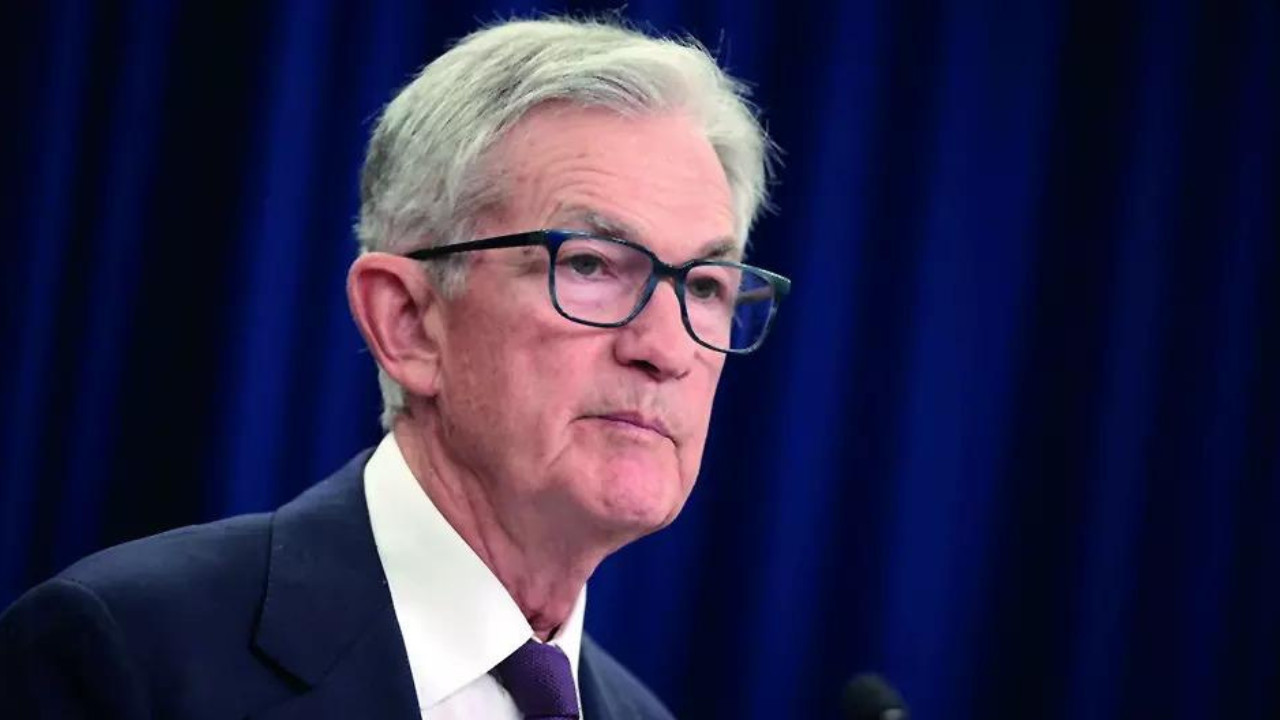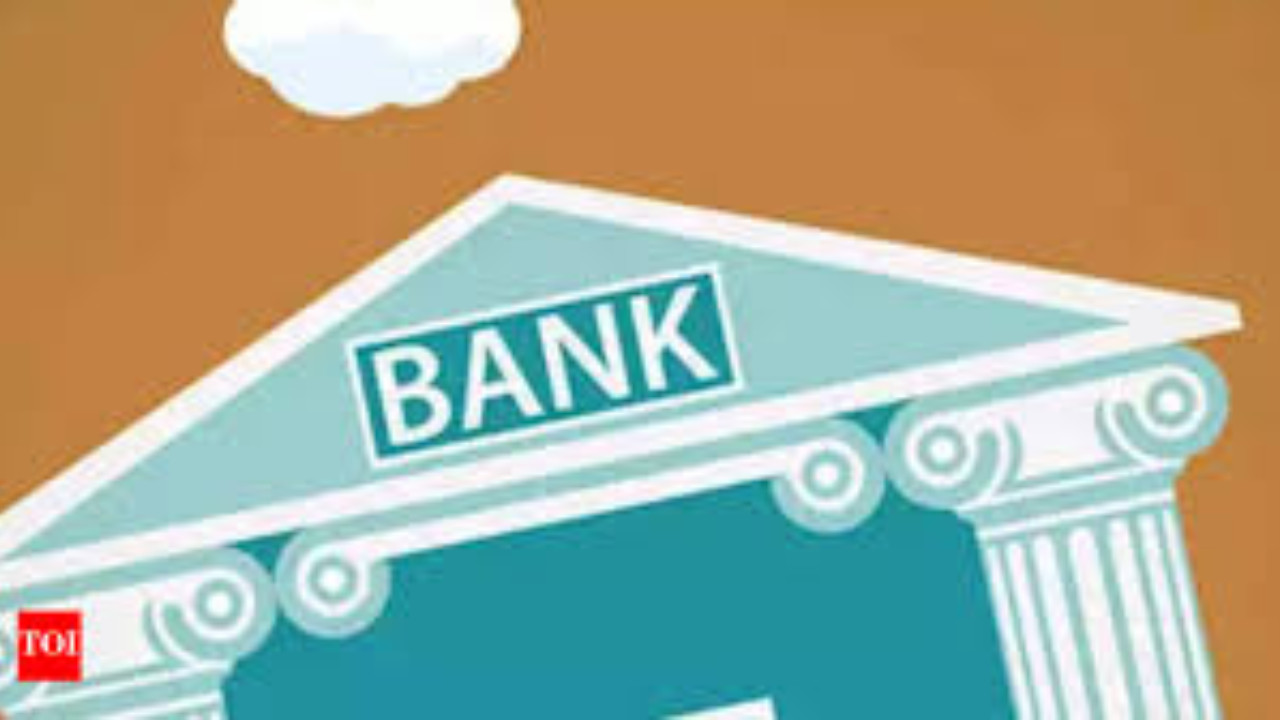Federal Reserve Chair Jerome Powell indicated potential further interest rate cuts this year due to a slowing US job market, suggesting two more reductions are possible. He acknowledged concerns about employment risks outweighing inflation, and hinted at an end to the Fed’s balance sheet reduction. Powell also defended past pandemic-era asset purchases, admitting they could have concluded sooner.
Navigating the Shifting Sands: What Powell’s Forecast Means for Your Wallet
The economic landscape is rarely still. Just when you think you’ve got a handle on things, the wind shifts, and new currents emerge. Recently, Federal Reserve Chair Jerome Powell offered a glimpse into the Fed’s thinking, painting a picture that’s both optimistic and laced with caution – a picture that could directly impact your job security and investment strategies. Forget the rosy forecasts of endless growth; Powell is acknowledging some headwinds.
The headline grabbing moment? Powell suggested the possibility of two more interest rate cuts before the year’s end. Now, that’s a statement that sends ripples through financial markets. But why the potential shift? It all boils down to a balancing act: keeping inflation in check while avoiding a significant slowdown in the economy, especially when concerning unemployment rate trends.
The Fed has been walking a tightrope, steadily raising interest rates to combat inflation. They’ve achieved considerable success in bringing inflation down from its peak, but the fight isn’t over. The concern now is overdoing it – raising rates so high that it triggers a recession.
Think of it like gently applying the brakes on a car. Too much pressure, and you risk skidding. The Fed is trying to avoid that skid.
The crucial point here is the acknowledgement of a potential rise in unemployment. While the job market has remained surprisingly resilient, Powell is signaling that cracks may be forming. This recognition is a major factor influencing the possibility of further rate cuts. Lowering interest rates generally encourages borrowing and investment, which can stimulate economic activity and, ideally, create or sustain jobs.
So, what does this mean for you personally?
First, if you’re in the market for a home or considering a significant purchase financed with a loan, these potential rate cuts could translate to lower borrowing costs. This means smaller monthly payments and more financial breathing room.
Second, keep a close eye on the job market in your sector. While no one has a crystal ball, being aware of industry trends and potential vulnerabilities can help you prepare for any unexpected shifts. Consider developing new skills or networking to strengthen your position.

Third, for investors, the implications are complex. Lower interest rates can be a boon for stocks, as they make borrowing cheaper for companies and can boost earnings. However, they can also signal underlying economic weakness. A diversified portfolio and a long-term perspective are more critical than ever. It’s prudent to review your investment strategy with a financial advisor to ensure it aligns with your risk tolerance and goals.
Powell’s statements also have wider implications. The strength of the U.S. economy has a significant impact on global markets. A slowdown in the U.S. could ripple outwards, affecting trade and investment flows worldwide. For instance, consider the impact on emerging markets that rely on U.S. demand for their goods.
It’s important to remember that economic forecasting is an imperfect science. The Fed’s decisions are based on the best available data and analysis, but unforeseen events can always throw a wrench in the works. Geopolitical tensions, supply chain disruptions, or unexpected shifts in consumer behavior can all alter the course of the economy.
What is fairly certain is that the next few months will be pivotal. The Fed will be closely monitoring economic data, particularly inflation and employment figures, to determine whether further rate cuts are warranted. We can expect ongoing debate and discussion among policymakers as they navigate this challenging landscape.
Stay informed, stay proactive, and remember that economic resilience is built on a foundation of knowledge and adaptability. You can also read about [inflation trends and how to hedge against it] (internal link). Understanding the factors influencing the unemployment rate can empower you to make informed decisions about your finances and career. The financial winds are shifting, and preparedness is key to navigating them successfully.






